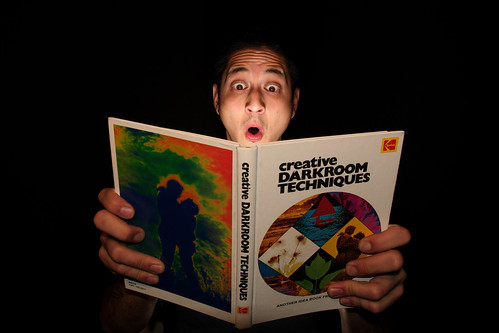Since I had so much fun writing the sequel to my unpublished, unsubmitted, unrevised third novel, I decided to do it again. Yep. That thing you’re never never never supposed to do? I did it twice. With the same book.
I’ve told you I’m nuts, right?
This time, the idea for the book came about from reading a novel. In the book, the heroine defeats the villain in a finale sequence where she’s forced to kill him—alone. The police accept her story, fortunately, but I had to wonder . . . what if she were lying?
The book stats
Title: Saints & Sinners
Genre: Romantic suspense
Inspiration: a what-if question based on an awesome book.
Writing dates: August-October 2009.
Length: About 75,000?
Elevator pitch: Hours before the wedding, the bride is kidnapped. The kidnappers’ grudges—and betrayals—run deeper than at least one of their own realizes. Can the groom find the truth—and his bride—before it’s too late?
What I learned from writing this book
It was really fun to be inspired by a friend’s awesome novel. The circumstances of the scene in that book (and the only reason I’m not naming it is because this gives away the ending) are very different from the scene it inspired in mine—so much so that I doubt you’d notice even if you read them back to back. It’s always pretty cool to take your inspiration and riff on it to become your own thing.
This was my first book to be plotted with Larry Brooks’s Story Structure (from the summary on his blog; his book Story Engineering wasn’t out yet). I found this sort of challenging, in that I felt like I had to kind of . . . putter around for a while until it was “time” for the First Plot Point. Importantly, with this book I realized that my first drafts tend to run about 70,000 words—so when I’m timing out my story’s milestones, I shouldn’t use the final word count (which might be closer to 85,000) to place them. (Man, I wonder what that will look like in revision.)
This was also my first, and so far only, book with more than three POVs. I think it got up to five: the hero, the heroine, the hero’s sidekick (without whom, the hero would get to do some really awesome listening via telephone), the villain, the villain’s sidekick (ditto, plus his motivations aren’t comprehensible without this—and several other spoilery reasons).
Another big lesson with this book was the value of writing against a timer. Racing the timer made this book go faster for me. I don’t know if that’s why, but I did manage to finish this book within one year of starting the first book in this trilogy.
 Three books in a year. It’s a feat I now know I could replicate—but I probably won’t. I’ve got enough manuscripts sitting around, waiting to be edited!
Three books in a year. It’s a feat I now know I could replicate—but I probably won’t. I’ve got enough manuscripts sitting around, waiting to be edited!
I think it was good for me to get all those books done, though. As I finished this book, I started feeling very sick and tired—so much so that getting the last few chapters done was a challenge. Turned out I was pregnant with my third child. Between some burnout from writing so much, submitting the first novel in the trilogy for the first time, and all my “creative” energies going elsewhere, I took a big break from writing new stuff.
Looking back, part of me wishes I’d taken a longer one and skipped my next novel.
What do you think? What’s the most you’ve written in a year?
Photo credits: “Some bright ideas…” by DaMongMan,
“Bunch of papers” by Seiichi Kusunoki, both via Flickr & CC









 Throughout the month of October (on weekdays), I’ll be tweeting great articles on plotting from some of my favorite writer/bloggers. We’ll look at cool tools for plotting, finding ideas for your plot, structuring your plot, planning for pantsers (writing by the seat of your pants), and more.
Throughout the month of October (on weekdays), I’ll be tweeting great articles on plotting from some of my favorite writer/bloggers. We’ll look at cool tools for plotting, finding ideas for your plot, structuring your plot, planning for pantsers (writing by the seat of your pants), and more.

 I
I 

